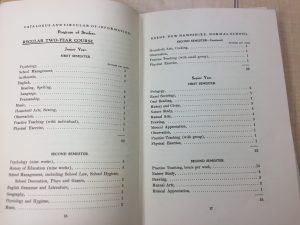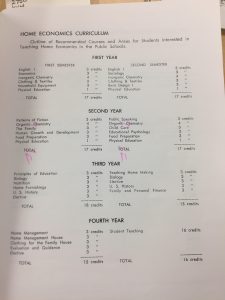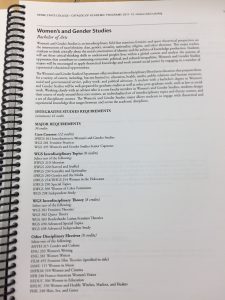As an avid student of social justice and political science, I’m fascinated by the role of a male veteran in American society. I’ve been having a surprisingly difficult time finding scholarly sources on my own institution’s role in the recuperation of young World War II veterans. However, the amount of primary sources available through the United States government provides me with a first-hand account at how education policy intervened when a generation of men returned from the battlefields.
While college enrollment increased in the late 1930s, education for all young men was interrupted at the start of World War II. Boys in secondary school, too young to be drafted, dropped out to work in industries which supported the American forces (Stanley 677). Young men in postsecondary institutions had to leave their studies when they were drafted. Because one could not volunteer for the armed forces until later on in the century, young men were unaware of when they would be sent off to fight (Stanley 676).
The amount of men returning to build the post-war economy was so vast, politicians needed to find a way to readjust these new, young veterans in to society. The GI Bill (formally known as Servicemen’s Readjustment Act) passed in 1944, which dramatically changed the accessibility and prevalence of post-secondary education. About seventy percent of men who turned 21 between 1940 and 1955 essentially had a free four-year degree waiting for them at whichever institution they chose–as long as they were Caucasian (Stanley 671).
The federally funded GI Bill Act makes it clear that it is separating itself from state legislature. The state legislature in the Jim Crow states, as well as the Southern Congressional leaders in D.C., worked the ensure that the GI Bill only helped White students (Kotz). Because of this, returning Black veterans were denied loans, mortgages, certain career paths, and college acceptances (Kotz).
The prevalence of African-American veterans looking to take advantage of their right to higher education overfilled the only Black colleges. Black veterans were being turned away from their own schools because of overcrowding (Perea 595). While the White Americans under the GI Bill were able to build a new, prospering middle class with their post-secondary educations, the African-Americans were blatantly excluded both in government policy and personal discrimination.
Although Keene State is, was, and most likely will be, a predominantly Caucasian institution, it is still vital for race to be included with my story and research on higher education in this country.
Works Cited
Kotz, Nick. Rev. of “When Affirmative Action Was White” New York Times 28 Aug. 2005: n. pag. Web. 25 Sept. 2016.
Perea, Juan F. “Doctrines of Delusion.” University of Pittsburgh Law Review 75 (2014): n. pag. Google Scholar. Web. 25 Sept. 2016.
Stanley, M. “College Education and the Midcentury GI Bills.” The Quarterly Journal of Economics 118.2 (2003): 671-708. Web. 25 Sept. 2016.


